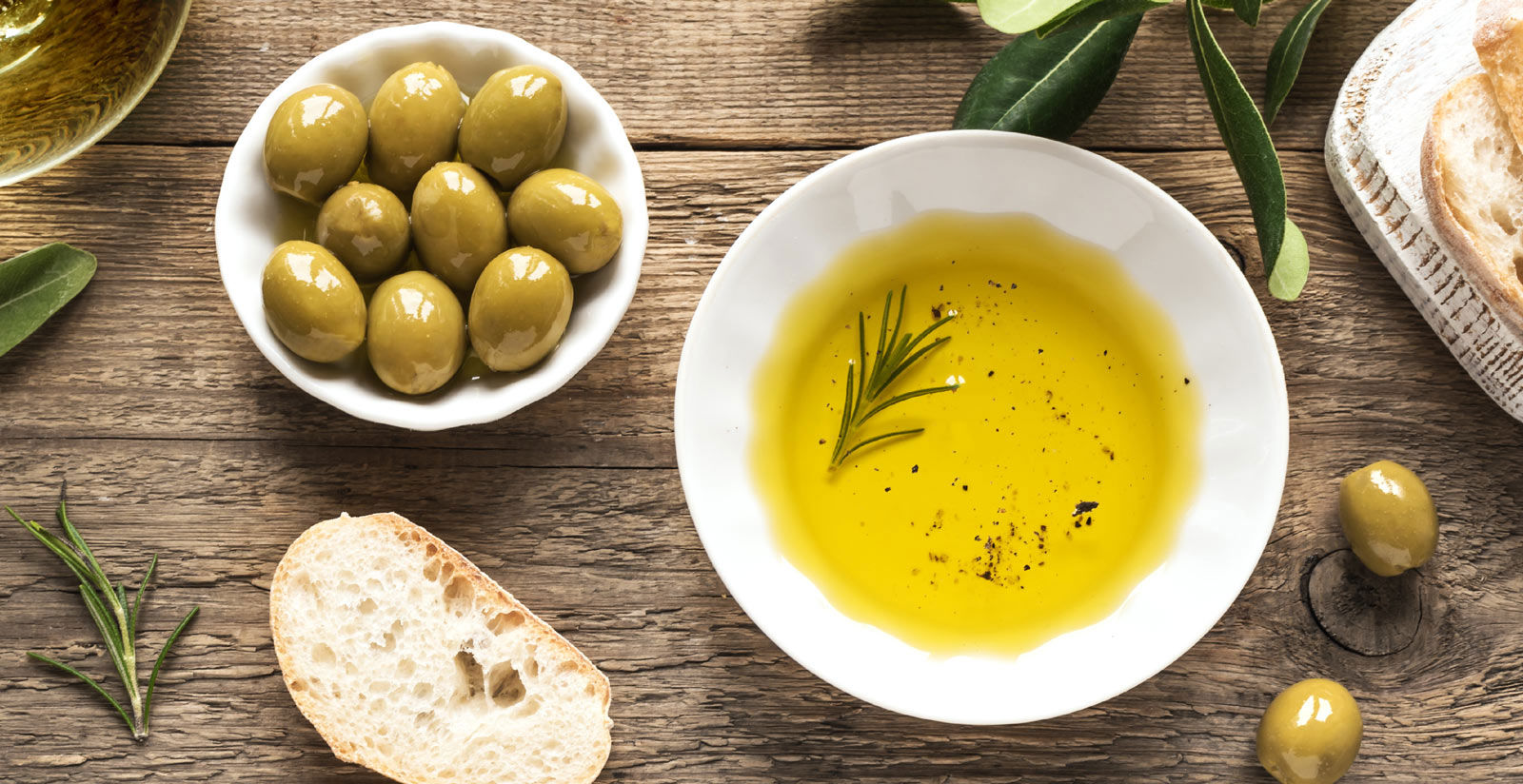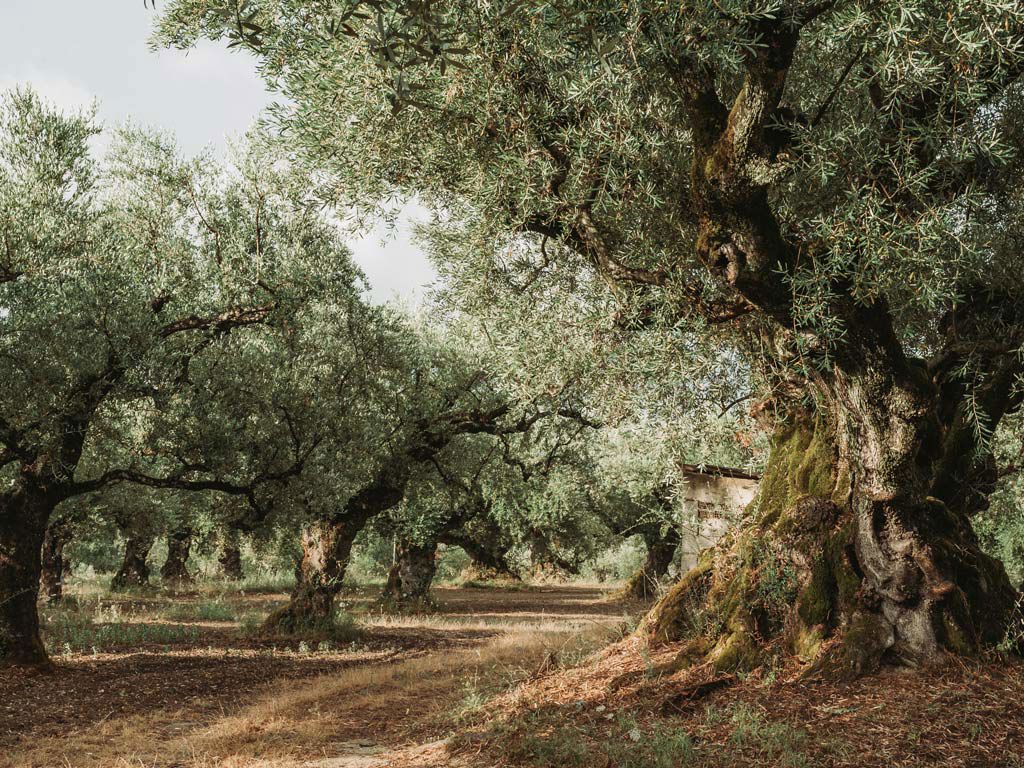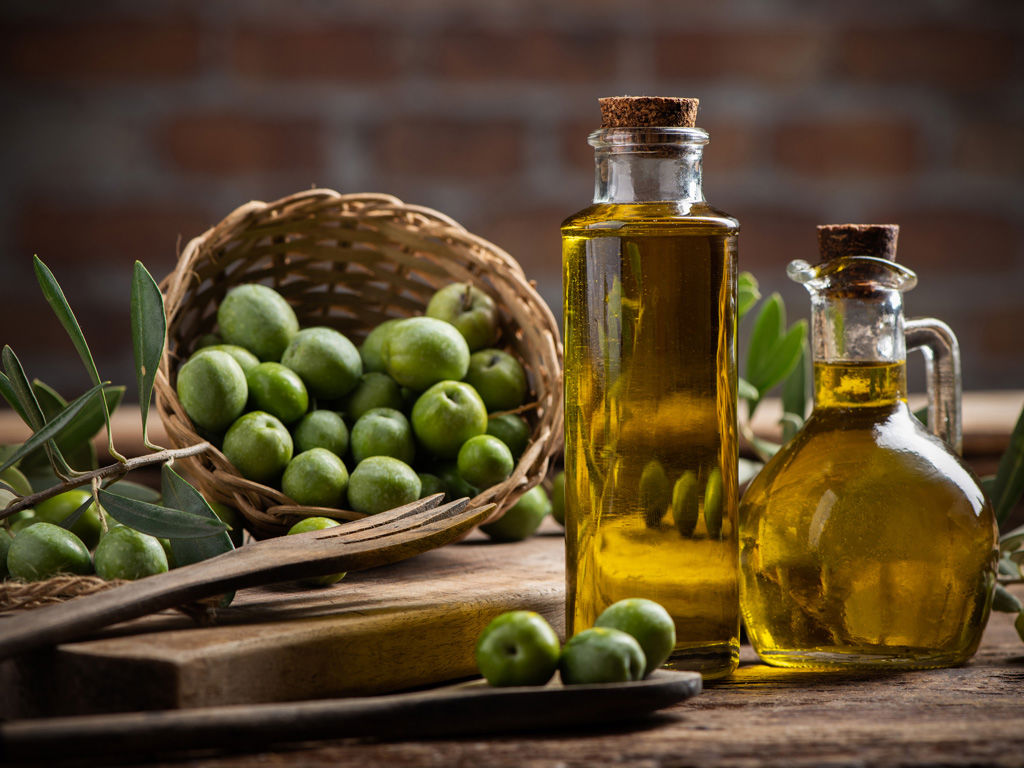Olefactories
Oliviera Sant’Angelo
website: www.olivierasantangelo.it
tel: +39 0577 665058
tel: +39 338 9399885
Indicazioni
Oliviera Sant’Andrea
website: www.oliodelcapunto.it
tel: +39 0577 630494
Indicazioni
I Sapori dei 30
website: www.isaporidei30.com
tel: +39 335 5478839
Indicazioni
Agriturismo Renello
website: www.renello.it
tel: +39 340 5304997
Indicazioni
HOW TO TASTE OLIVE OIL
Tuscany is famous all over the world not only for its fine wines but also for the production of excellent olive oil that, like wines, can be tasted.
Contrary you might imagine, olive oil tasting is not done accompanying it with other foods, such as bruschetta or roast meat, although combined with other ingredients they will be mutually enhanced.
The best time to do this is not close to the milling of the olives, but after a period of three months from the pressing of the olives and for all the following twelve months. In the first three months, the oil will refine and lose that intense fruity aroma and spicy flavor typical of freshly pressed oil.
Only after tasting the oil, you can decide how to combine it with other dishes, but to choose the right one you need to know it better in purity, without interference from other aromas and flavors.
In the past, to establish the quality of the oil, we was based on its chemical analysis which established the degree of acidity and a few other characteristics, today the chemical analysis is supported also by the sensory analysis of sight, taste and smell.
To better happen an oil tasting, even for beginner, it is good to prepare yourself with some small precautions and not compromise the final result.
In the hour before the tasting it is good to: avoid smoking, do not use perfumes, soaps or cosmetics with very persistent scent and do not eat.
Nowit is possible proceed with the actual tasting which is carried out in three phases:
Olfactory analysis
The oil is poured into a small glass and left to make a little wark by covering it with the palm of the hand. After a few moments the temperature will have reached 28° C perfect for tasting; you can start to rotate it slowly, a bit like you do for wine and you start to smell. The intense inhalations must be separated by a few seconds for the olfactory membrane to become accustomed.
This analysis provides all the information regarding the scents of the oil.
Tasting analysis
This phase consists of various steps in which the oil is brought to the mouth, without however being ingested. After bringing the oil to the mouth, air is inhaled by the mouth to allow the oil to oxygenate, then you must rotated inside the mouth so that it goes to stimulate all the taste buds and finally it is left to rest on the tongue for a few seconds, moving it against the palate and finally the oil is expelled.
From this analysis we get all the information on taste but also on consistency and fluidity.
Visual analysis
It is the third and final phase of the tasting and is achieved through observation. The factors that determine it are: clarity, density and color.









